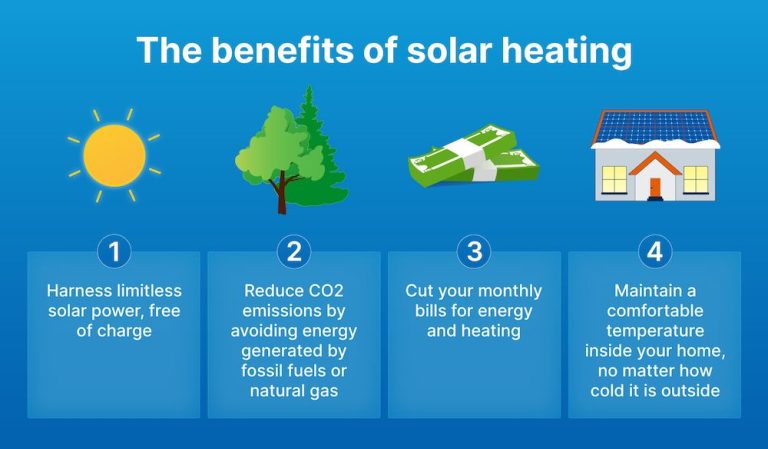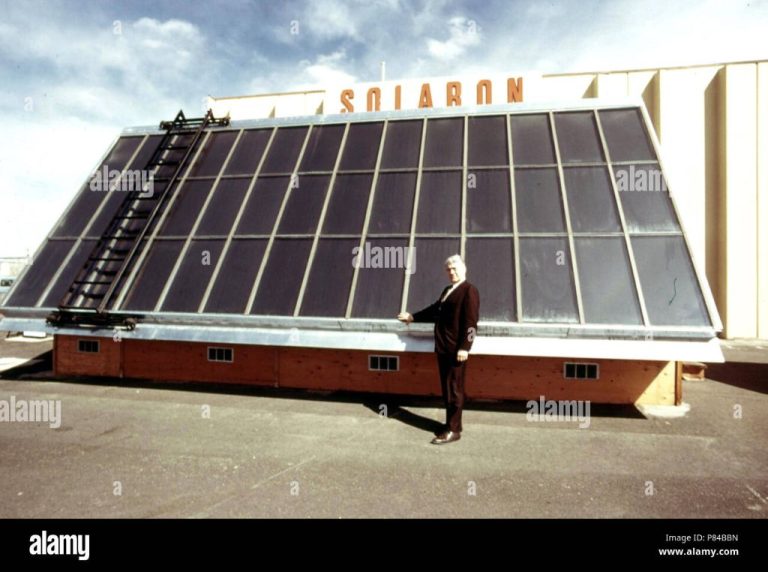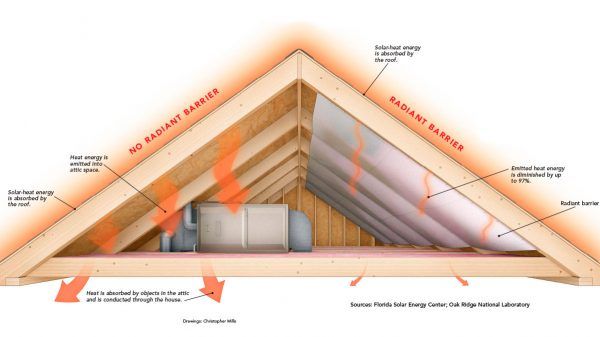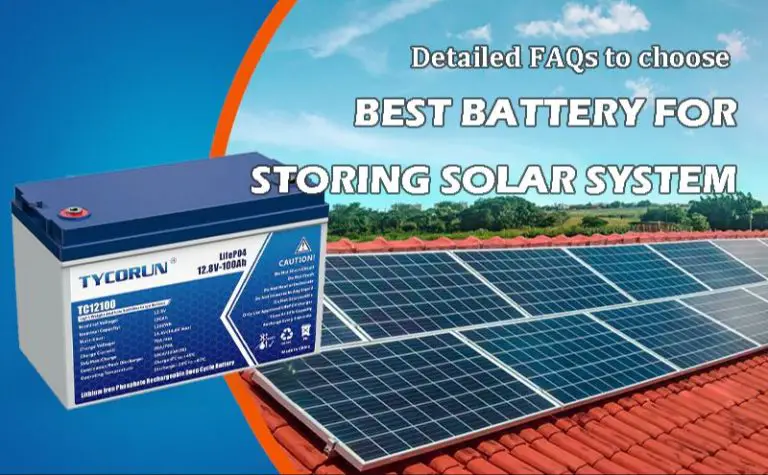What Is The Solar Panel?
What Are Solar Panels?
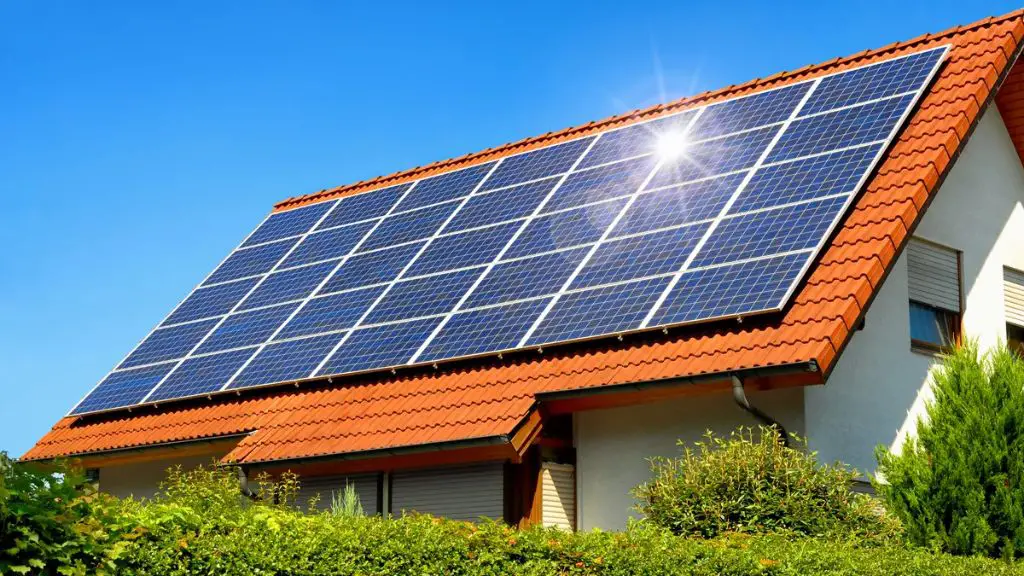
Solar panels are devices that convert sunlight into electricity. They are made up of solar cells, which are assembled into solar modules or solar panels.
Solar panels work through the photovoltaic effect. When sunlight hits the solar cells, it knocks electrons free from the atoms in the semiconductor material used to make the cells. The freed electrons flow through the cell, generating an electric current that can be captured and used as electricity.
The main components of a solar panel include:
- Solar cells – These are made from materials like silicon that exhibit the photovoltaic effect.
- Encapsulant – This protects the fragile solar cells.
- Transparent top cover – Usually made of glass, this allows sunlight to reach the solar cells.
- Backsheet – This weatherproofs the back of the panel.
- Junction box – This aggregates the output from each solar cell.
- Frame – This provides rigidity and strength to the panel.
By connecting multiple solar panels together into an array, more electricity can be generated to power lights, appliances, and other electrical loads.
Brief History of Solar Panels
While the photoelectric effect was first observed in 1839 by French physicist Edmond Becquerel, the first modern solar cell was created in 1883 by Charles Fritts, who coated selenium with gold to produce the cells. Fritts’s cells did not prove commercially viable, but in the early 20th century Albert Einstein explained how the photoelectric effect worked and helped develop the foundation of modern photovoltaics. The first practical photovoltaic cells were developed in 1954 by Bell Laboratories.
Solar technology advanced during the space race, as cells were used to power early spacecraft. Cost reductions eventually allowed solar to be used for residential applications in the 1970s. With the developing environmental movement in the 1980s, solar began to gain traction for reducing reliance on fossil fuels. There have been many key solar PV technology innovations over time, improving reliability and efficiency while driving down costs.
The global solar PV industry has seen remarkable growth, with total installed capacity increasing from 1.5 gigawatts in 2000 to over 600 gigawatts in 2019. [1] Major investments and advancements in materials and manufacturing processes will enable further expansion in the years ahead.
Types of Solar Panels
There are three main types of solar panels: monocrystalline, polycrystalline, and thin film.
Monocrystalline and polycrystalline solar panels are made from silicon. Monocrystalline panels are made from a single silicon crystal, making them more efficient but also more expensive than polycrystalline panels which are made from multiple silicon crystals (https://aurorasolar.com/blog/solar-panel-types-guide/). Monocrystalline panels typically have efficiencies of 15-20%, while polycrystalline range from 13-16% (https://www.energysage.com/solar/types-of-solar-panels/).
Thin film solar panels are made by depositing layers of photovoltaic material onto a substrate like glass or plastic. Thin film is cheaper but less efficient than crystalline silicon, with efficiencies of 7-13%. Types of thin film solar include cadmium telluride (CdTe), copper indium gallium selenide (CIGS), and amorphous silicon (a-Si) (https://aurorasolar.com/blog/solar-panel-types-guide/).
Emerging solar technologies like perovskites and organic PV cells are being researched to make panels more efficient and affordable.
How Solar Panels Produce Electricity
Solar panels produce electricity through the photovoltaic effect. When sunlight hits the solar cells inside a solar panel, it knocks electrons loose from the atoms in the semiconductor material. The electrons then flow through the panel’s electrical circuit, generating a DC (direct current) voltage. This voltage is collected and fed into an inverter which converts it into AC (alternating current) that can power home appliances and devices.
The key components involved in producing electricity from solar panels are the solar cells, electrical circuitry, and inverter. Solar cells are made of materials like monocrystalline silicon or thin-film semiconductor material that exhibit the photovoltaic effect. The solar cells are wired together to form modules, which are then connected to form an array. The DC voltage from the array then passes through electrical circuitry which combines the outputs of multiple solar modules to achieve higher voltages before sending it to the inverter. The inverter converts the DC output into 120V or 240V AC power ready for household use. So in summary, solar panels leverage the photovoltaic effect to generate electricity which then gets converted by an inverter into usable AC power.
Efficiency and Output
The efficiency of a solar panel refers to the percentage of sunlight that gets converted into electricity. There are several factors that affect solar cell efficiency:
The type of semiconductor material used is one of the biggest factors. Crystalline silicon cells typically have efficiencies between 15-20%, while more advanced multi-junction cells using multiple semiconductor layers can achieve over 40% efficiency (Solar Performance and Efficiency).
Operating temperature also impacts efficiency, with output decreasing as panels get hotter. Solar panels in hot climates may need to be cooled to maximize energy production (What is solar panel energy efficiency?).
The intensity and wavelength of incoming sunlight affects output. Panels perform best on clear, sunny days when light is most direct. Efficiency drops on cloudy days or as the sun moves across the sky.
Typical residential solar panels have efficiencies of 15-20% and can produce around 250-300 watts per square meter of panel area. So a typical 5 kW residential system with 18 panels will take up about 80-100 square feet of roof space (Photovoltaic Energy Factsheet).
Cost of Solar Panels
The cost of installing solar panels can vary greatly depending on system size, location, available sun exposure, and equipment quality. According to NerdWallet, you can expect to pay between $2.50 and $3.50 per watt for solar panel installation when you factor in the cost of materials and labor https://www.nerdwallet.com/article/finance/solar-panel-cost. For the average home, this works out to $15,000 to $25,000 for a typical system. Forbes notes that a solar roof can cost anywhere from $23,000 to $80,000 depending on the quality of materials chosen https://www.forbes.com/home-improvement/solar/cost-of-solar-panels/.
The main costs of a solar panel system include the initial purchase and installation, ongoing maintenance, repairs and inverter replacement over the system’s lifetime. There are also savings in the form of government incentives like tax credits and net metering programs that allow selling excess power back to the grid.
The federal solar tax credit currently offers a 26% tax credit for systems installed in 2022-2023, which helps offset the upfront capital costs. Many states and utilities also offer additional rebates and incentives. Net metering programs compensate solar customers at the retail rate for any excess power fed back into the grid.
Siting and Installation
When installing solar panels, there are several key factors to consider for siting:
- Orientation – Solar panels should face true south if you are in the northern hemisphere or true north if you are in the southern hemisphere. This allows them to absorb the maximum amount of sunlight.
- Tilt angle – The tilt angle of the panels should be equal to your latitude to optimize energy production. However, flatter angles can sometimes be preferred in warmer climates where summer sun is high in the sky.
- Shading – Solar panels should have full sun access throughout the day with minimal shading. Even small amounts of shading can disproportionately reduce energy production.
- Roof space and angle – Panels are often mounted on rooftops, so the roof size, angle and azimuth are important factors.
- Local permitting – Be sure to check zoning laws and acquire necessary permits before installation.
There are several mounting options for solar panels:
- Rooftop mounting – The roof provides an unshaded area for panels and easier access to wire them to the electrical system. Rooftop mounts can be flush to the roof or angled using racks.
- Ground mounting – Arrays can also be mounted on the ground using driven posts or concrete footings. This allows orienting panels ideally but requires more space.
- Pole mounting -Elevates panels off the ground and avoids potential shading.
- Trackers – Motorized systems that rotate panels to follow the sun’s path, increasing energy output up to 25%.
Solar electric systems can be grid-tied, feeding excess energy back to the utility grid, or off-grid, operating independently.
Grid-tied systems require installing a bi-directional meter and are subject to interconnection policies. Off-grid systems require battery storage and are stand-alone. Local net metering rules impact the economics of grid-tied solar.
Net Metering
Net metering is a billing mechanism that credits solar energy system owners for the electricity they add to the grid. It works by allowing solar panel system owners to get credit for excess electricity they generate and send back to the grid. This credit offsets the cost of electricity drawn from the utility grid when the solar system is not producing enough to meet the house’s demands (SEIA). Essentially, the home’s electric meter runs forwards and backwards as solar energy is produced and consumed from the grid.
Net metering provides significant financial benefits to solar panel system owners. When a solar energy system produces more electricity than the home is using, the excess is fed back into the grid. The homeowner then receives a credit on their electricity bill for that surplus power. At the end of the billing cycle, the homeowner only pays for their net electricity usage after the credits are applied. This can greatly reduce or even eliminate the homeowner’s electricity bill, providing savings on the cost of solar panel installation. Net metering makes solar power systems more financially viable (EnergySage). The billing arrangement means system owners can essentially use the grid as a battery to store their excess solar energy production.
Environmental Benefits
One of the biggest advantages of solar panels is that they generate clean, renewable electricity without producing carbon emissions. Fossil fuels like coal and natural gas release greenhouse gases like carbon dioxide and methane when burned to produce electricity. These emissions contribute significantly to climate change and global warming. In contrast, solar panels produce zero direct emissions while operating. By displacing electricity generation from fossil fuels, widespread adoption of solar power can help reduce a region’s overall carbon footprint.
In 2020 alone, solar panels in the United States avoided over 100 million metric tons of carbon dioxide emissions. That’s equivalent to taking 22 million passenger cars off the road for a year. Solar energy helps fight climate change by providing a carbon-free alternative to coal and natural gas. As solar capacity continues to expand, it will play an integral role in reducing greenhouse gas emissions and building a clean energy economy.
Future Outlook
The future looks bright for solar energy. According to the Future of Solar Energy: Predictions For 2024 and Beyond, solar energy capacity is expected to continue growing at an annual rate of 20% or more through 2024 and beyond. This growth will be driven by several key factors:
First, costs for solar panels and installation continue to drop, making solar increasingly cost competitive with fossil fuels. This cost reduction is expected to continue as technology improves.
Second, government incentives and policy support for renewable energy are likely to continue, if not expand, as countries seek to meet climate goals and reduce carbon emissions. Many jurisdictions have renewable energy or emissions reduction targets that will necessitate large scale adoption of solar.
Third, new solar technologies like perovskite solar cells are on the horizon and have potential for even greater efficiency and flexibility than existing silicon panels. Research breakthroughs could accelerate solar’s capabilities.
If projections hold true, solar power could grow from under 1% of global electricity generation today to over 20% by 2030 and as high as 50% by 2050. Realizing this potential will require substantial infrastructure investment and grid integration innovations, but the future is bright for solar to play a major role in the global energy transition.

